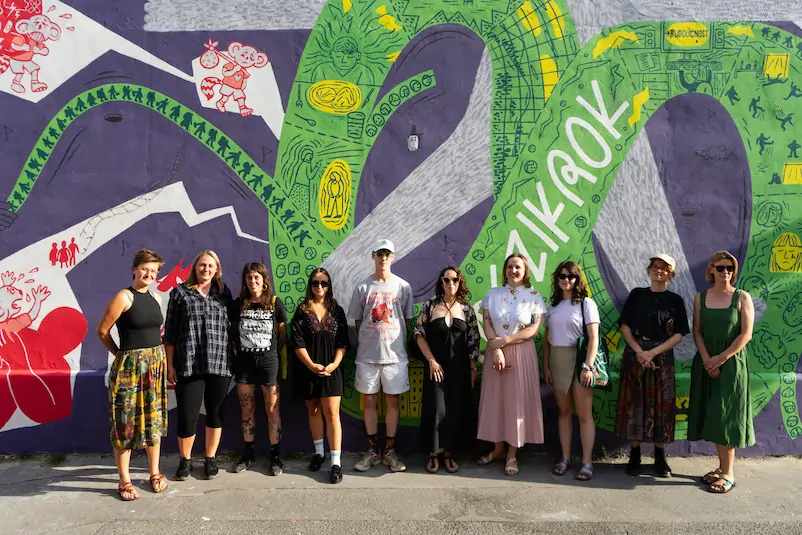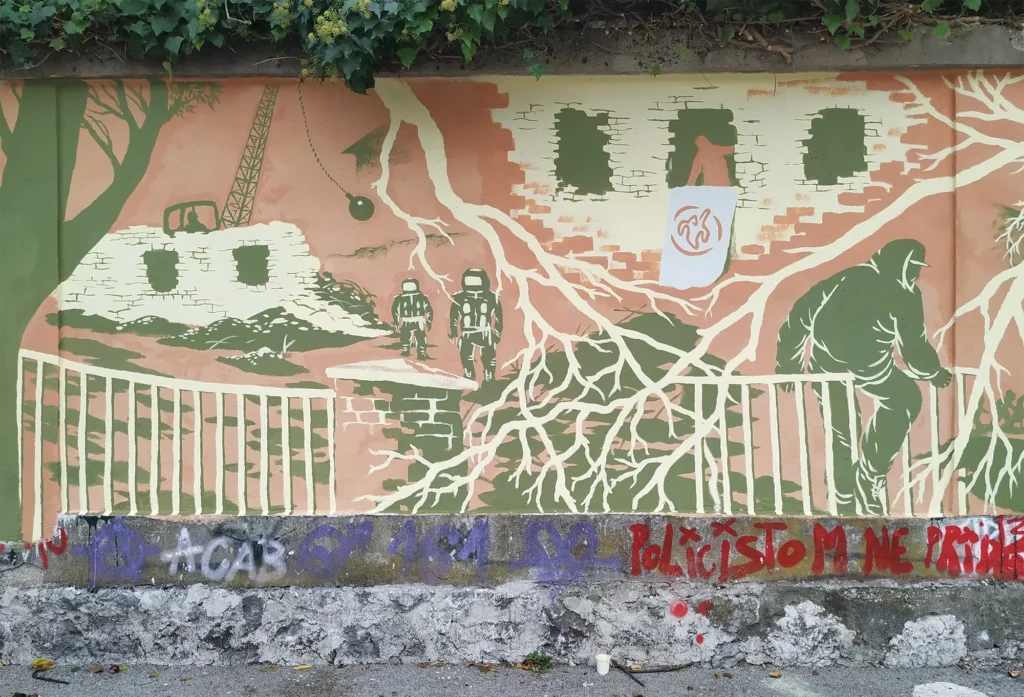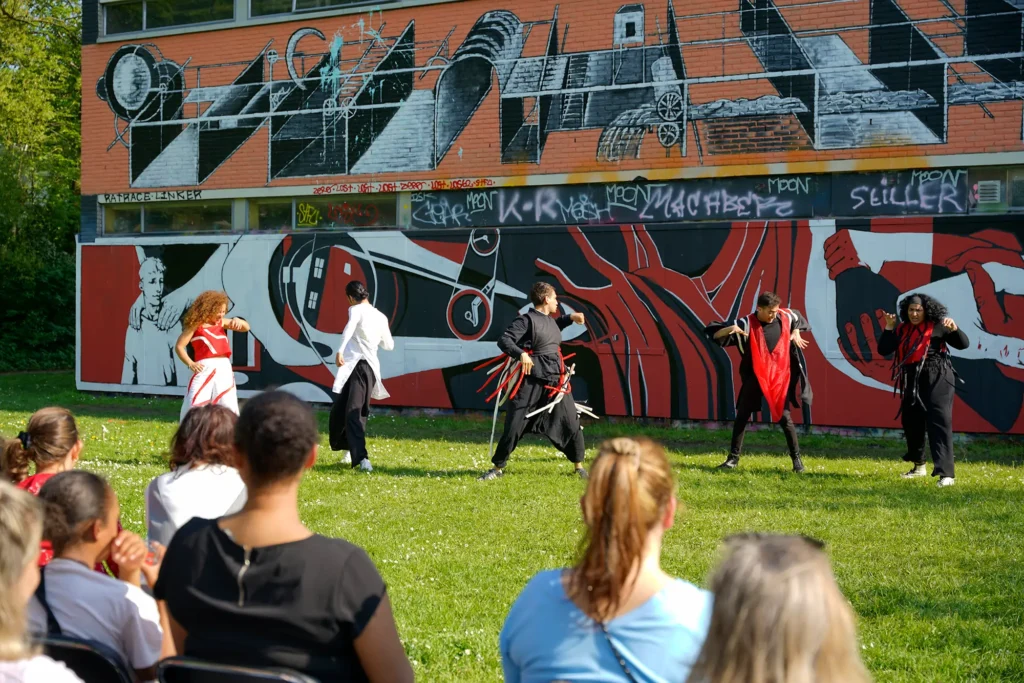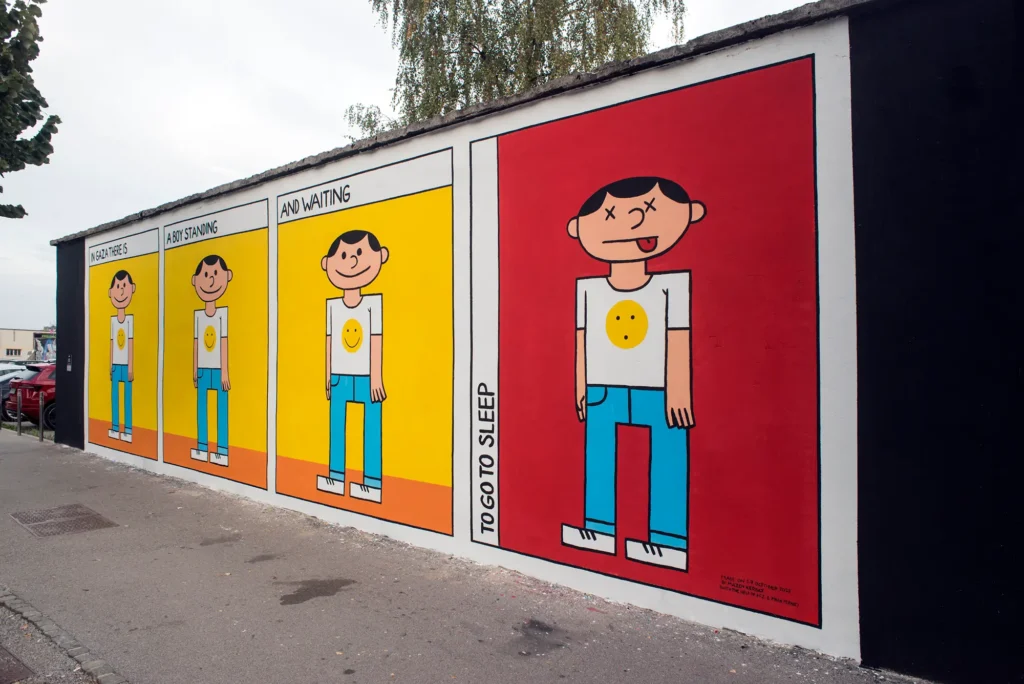Remix Comix: European workshops and experiments
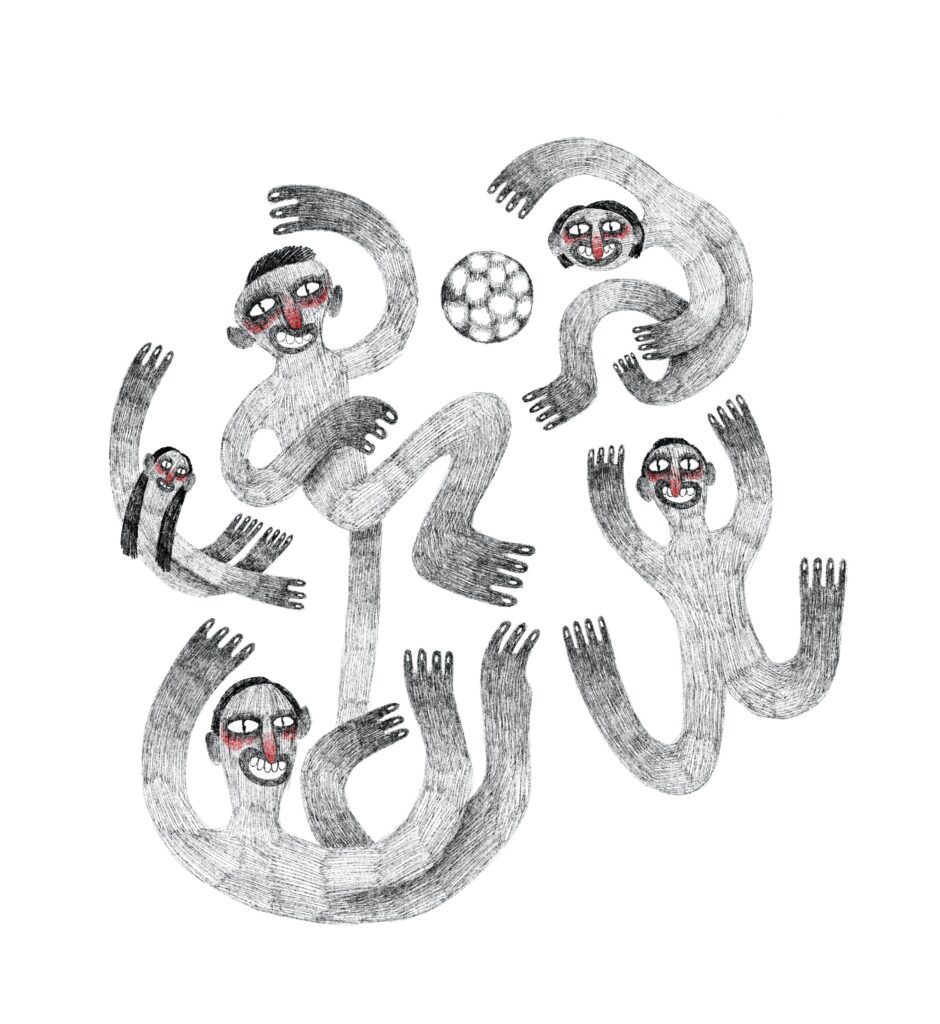
What happens when you take comics out of the frames, and into the public space?What happens when comics blend in or disappear into the visual chaos of the city? Or when comics will be performed, amidst the urban hum and noise?What happens when comics are used as an anthropological tool, when searching for marginalized voices, and amplifying those voices?
The European exchange project Remix Comix aimed to just do that: playing around with the genre of comics, for means of social awareness in public spaces. From October 2022 to April 2024, six organizations from five cities in four countries mixed and remixed their comics. These remixes were used to discuss and raise awareness for the dilemmas of marginalized communities in society.
The consortium of the collaboration consisted of the comics magazine Stripburger (from Ljubljana, Slovenia), the illustration festival LUSTR (from Prague, Czech Republic), the Amsterdam-based theater ZID, and the organizations Komunikart (from Pančevo, Serbia), LED-ART (‘Frozen Art’) or Šok Zadruga (‘Shock Society’), and the European Capital of Culture Novi Sad 2022 (all from Novi Sad, in Serbia).
The Remix Comix output has been diverse, eclectic, eye-biting, amusing and at the same time confusing. As it should be.
In Ljubljana, several impressive murals were painted on the walls of the autonomous district Metelkova. The murals were designed by musician and visual artist Mazen Kerbaj from Lebanon, illustrator and animator Terezie Unzeitigova from the Czech Republic, and comics writer and painter Boris Stanić from Serbia. The visual artists Konstantinos Petrović and Vladimir Ilić also worked on a 3-D installation, that revolves around the subject of freedom of the autonomous district Metelkova. Their installation became a piece that resonates very well with the genre of comics.
Check the video below to get an idea of the creative synergy of this residency in Ljubljana.
The material for all of the Remix Comix project consisted of stories of marginalized groups in society. These were collected in all five cities. For example, the colleagues in Pančevo (Serbia) went to visit elderly people’s homes to meet and listen to the older generations, and to record their stories.
In their talks, they reflected on, among others, how the Yugoslav wars of the 1990s and the subsequent transition, created an atomized and disintegrated society, where both elderly and younger generations suffer from impoverishment, the disappearance of the middle class, and the devastation of public spaces. In a collaboration of elderly storytellers and younger comics artists, the artistic focus was on loneliness.
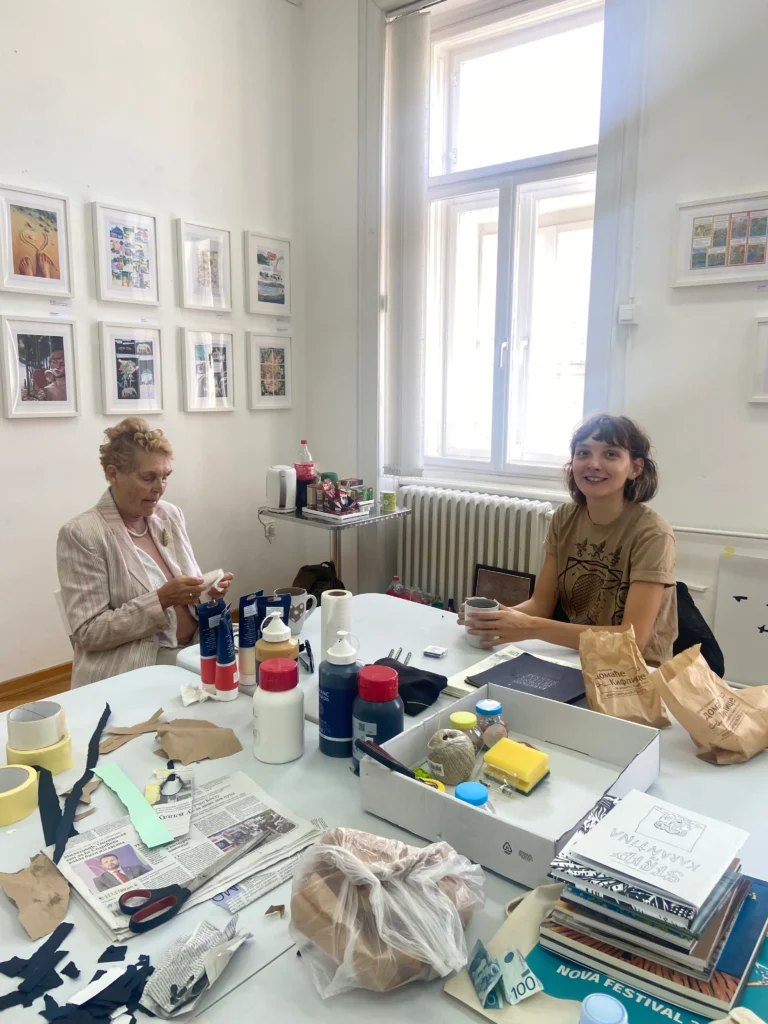
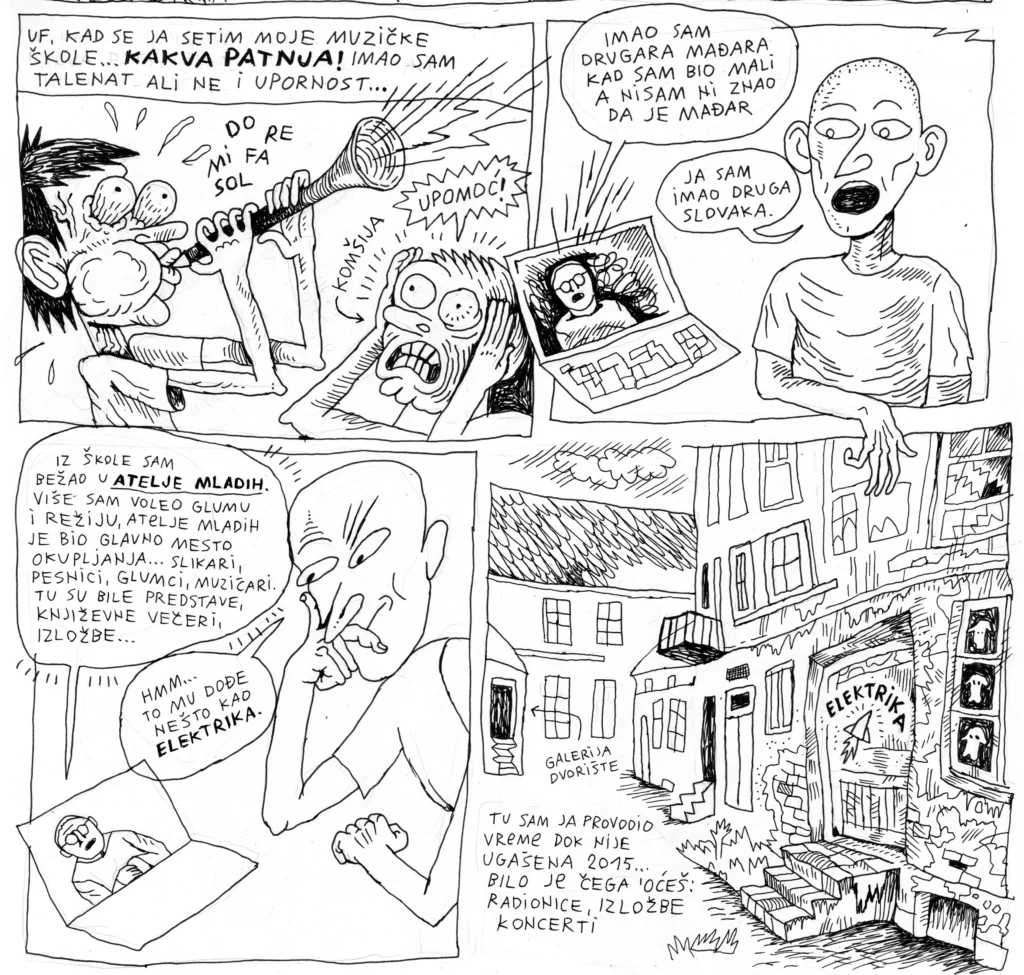
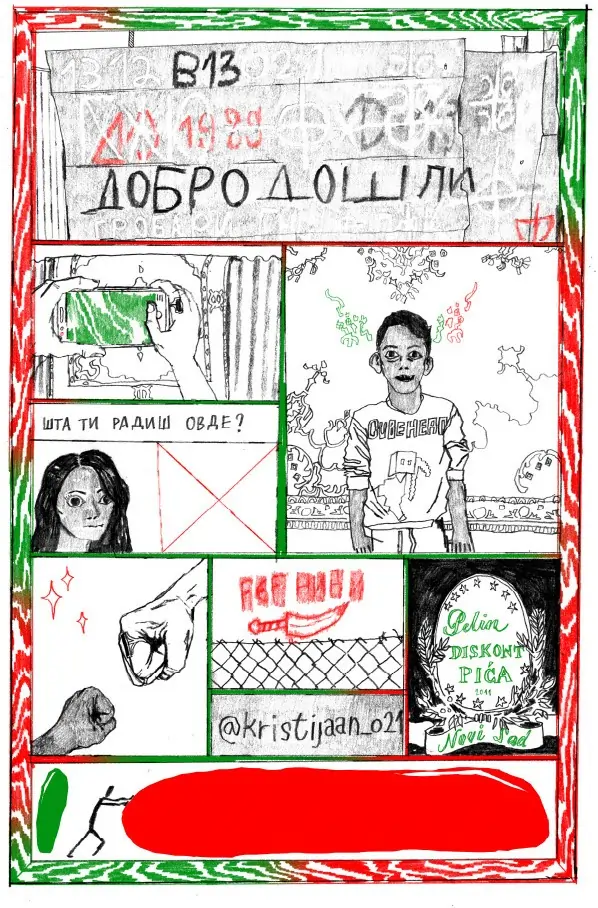
In Novi Sad, the comics artists collaborated with the local Roma, who live on the fringes of society. The Czech graffiti artist and cartoonist Tomas Stanek incorporated his impressions of these stories into a beautiful, gritty collage comic strip. Slovenian comics writer Dora Bencevic created illustrations for interviews with, for example, this Roma transgender individual (see below), who has been marginalized in different ways, both in Serbia’s society, as well as in the Roma community.
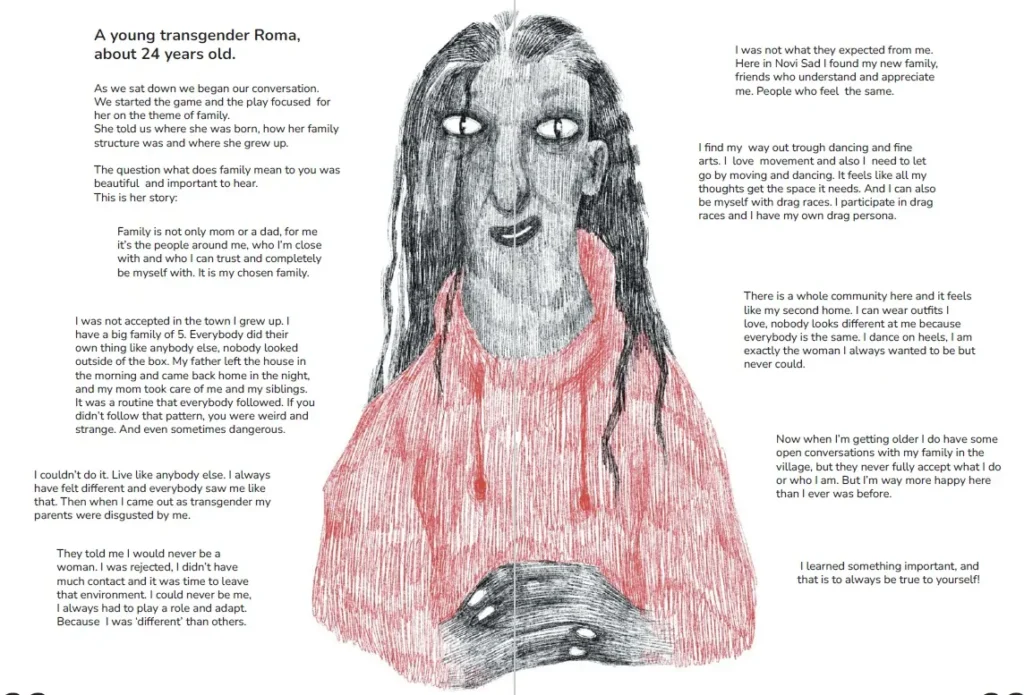
In addition to several exhibitions, residency programs, a theater performance, comics and zinejamming workshops, sketch battles, and two conferences (where Eva Hilhorst from Drawing the Times was also present!), a book has now been published, showcasing and outlining all output, supplemented with essays that re-examine the genre from various perspectives.
The book is AVAILABLE FOR FREE DOWNLOAD.
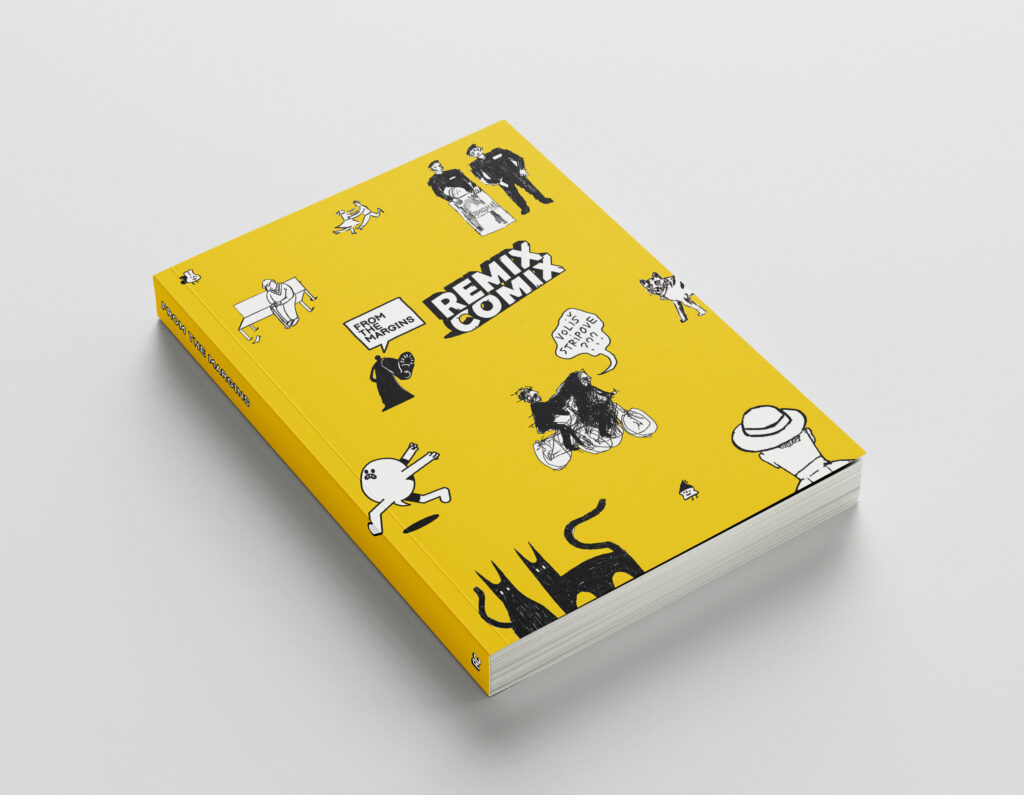
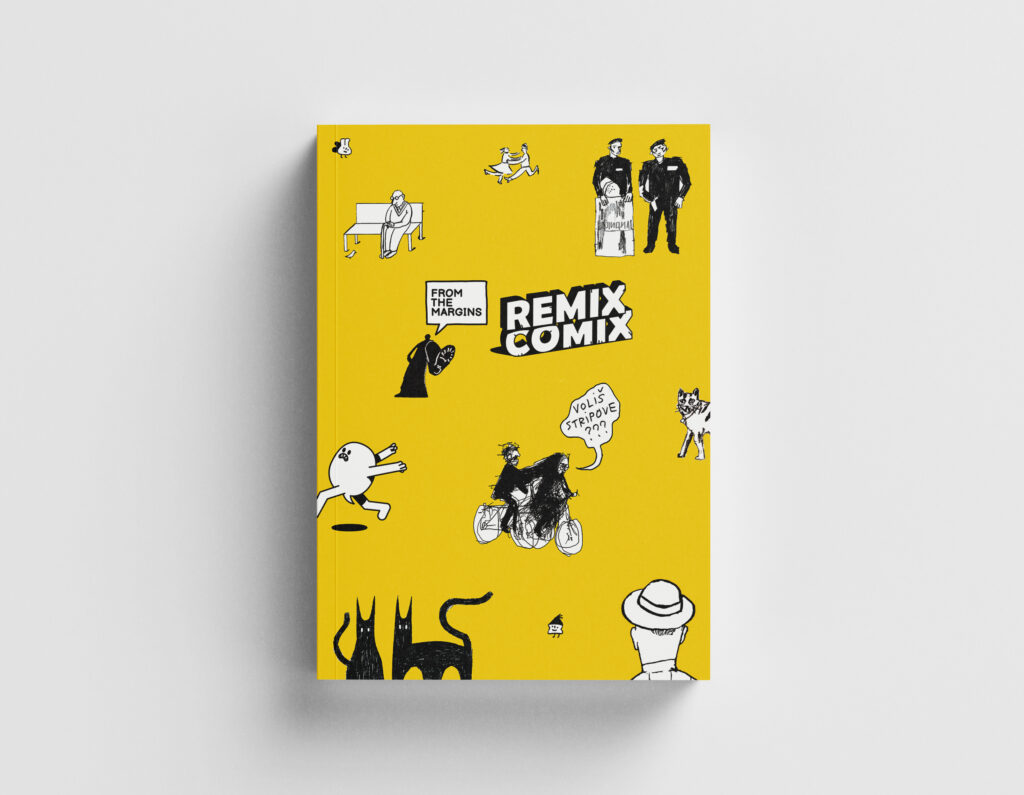
The essays in the book are worth reading. Canan Marasligil (Amsterdam) writes about how we can see and recognize ourselves in comics (page 138-139). Barbara M. Eggert (Stuttgart) writes about the use of comics in museum spaces (page 122-123), and Eszter Szép (Budapest) writes about musicality and temporality in comics (130-133). Dutch cultural scholars Yasco Horsman and Mathijs Peters (Leiden) also contribute, engaging in a conversation about the autobiographical touch in comics, with references to Aleksandar Zograf and Marjane Satrapi.
All in all, Remix Comix has proven to be a very rich and extended project, featuring comics experiments, both fails and successes, that may later also be discussed and reflected upon on this platform, Drawing The Times.
Below some impressions of the murals of the different Remix Comix residencies.
